Prolific Pierre Bonnard
In addition to Bonnard’s bathing nude portraits, and window/still life interiors, he painted lovely genre scenes of his people.
If you’ve visited this art blog before, you know I’m partial to these subjects in my own work, so it’s no wonder that I appreciate Bonnard’s approach to what might be seen as mundane or trite scenery. (Here is a video slideshow of over 700 Bonnard paintings.)
Finding a subject that resonates with you is part of every artist’s seeking adventure. It has less to do with the dictations of the buying public, even though that can be a part of an artist’s pursuit.
It’s more important, I think, to find 1) subjects and 2) compositions and 3) a palette that springboard your urge to paint and create.
What subjects continually grab your attention? What type of reference material are you repeatedly drawn to?
The previous posts in this Pierre Bonnard series can be found here, here, here and here.

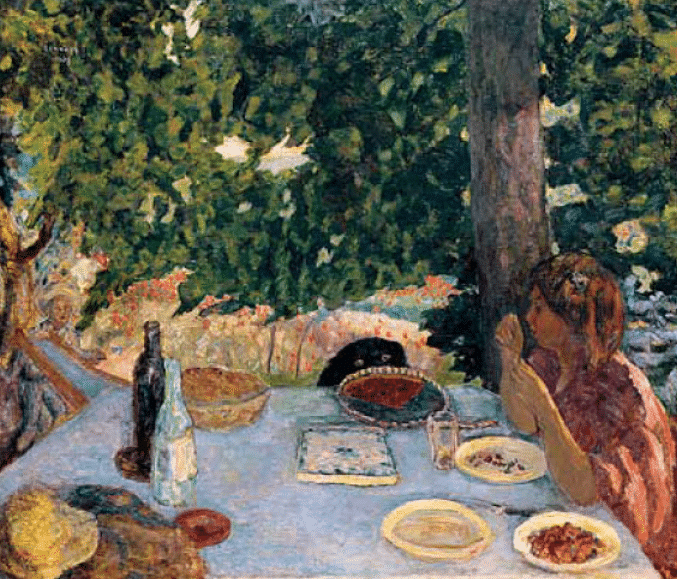
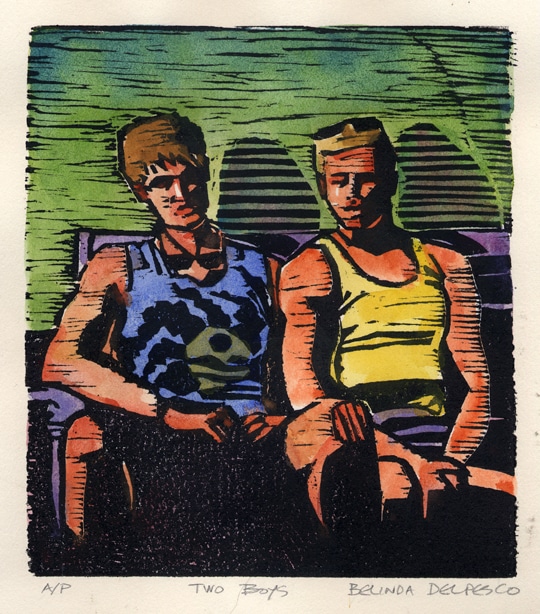
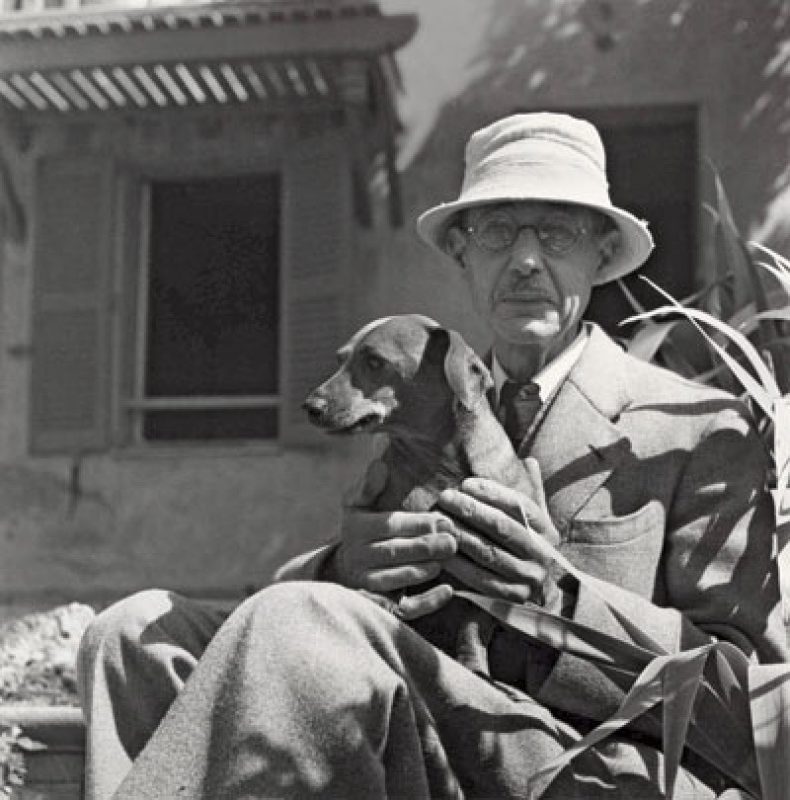

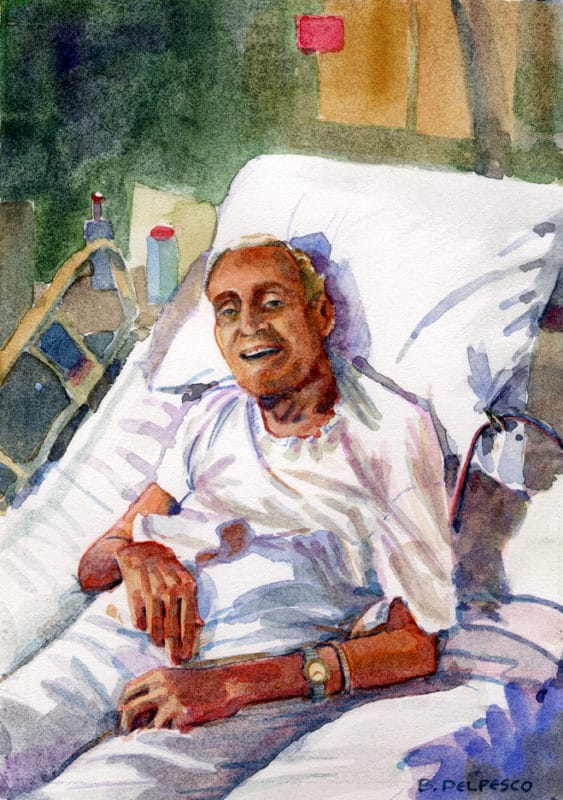
Bring Your Artist’s Eye
The Bonnard film above was made decades ago, so the low-resolution footage and tinny audio quality aren’t ideal for a video about an artist, but it’s worth watching. The documentary is full of details about Pierre Bonnard’s drawings and paintings, the environs he lived in during certain periods, the people in his life, and the scenery that inspired him.
The best parts are the current day and 1930s footage of the houses he and Marte lived in. You’ll see early film clips of Pierre, his studio, the gardens, and the rooms and windows he painted so many times.
His home was incredibly modest, and so very plain compared to the way he rendered fragments of the rooms on his large canvases.
That alone is a great suggestion about inspiration; paint your own environment, but don’t document what you see, when you have the option to bring your artist’s eye to the process.
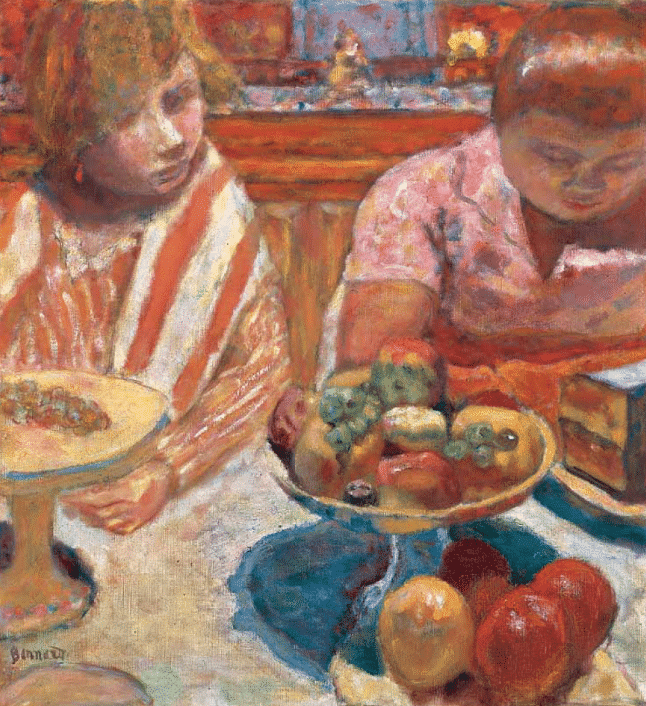
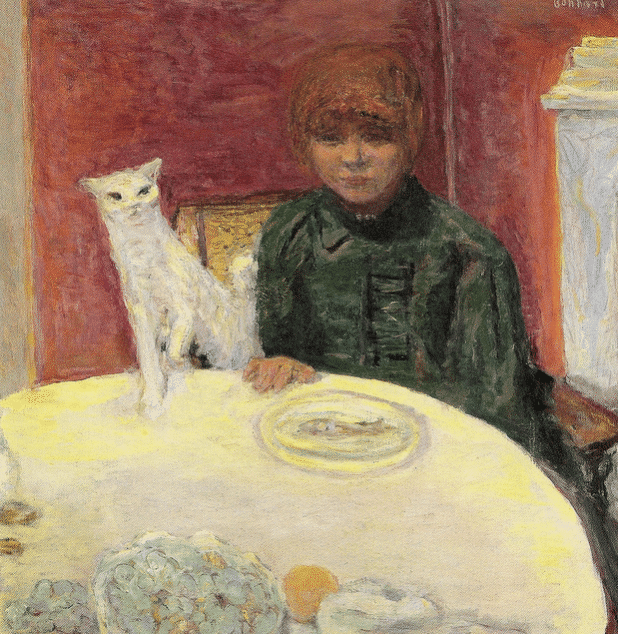
Pierre Bonnard Online Resources
If you’re interested in seeing more work by Bonnard, there is a database of over 800 works uploaded to the Athenaeum website here. It’s a great source for billowing your inspiration and noticing – via the thumbnails of the images – how a colorful, well-composed, larger artwork reads from afar.
All those hasty-but-deliberate blobs of color resolve as a solid field, and magically transform into a sky, or a table, or a stand of trees, etc. Great encouragement to quit noodling each and every leaf, and just paint with color and values. #stepawayandsquint
(Note: If you’re looking at Bonnard’s paintings in this post close up, or on a tablet, be sure to view them at some distance too, so you can see how the values and colors blend and relay light and shadow from a distance. Most art is viewed from across a room – at a distance – and the habit of repeatedly standing back to squint while building a painting prepares the work for those views.)


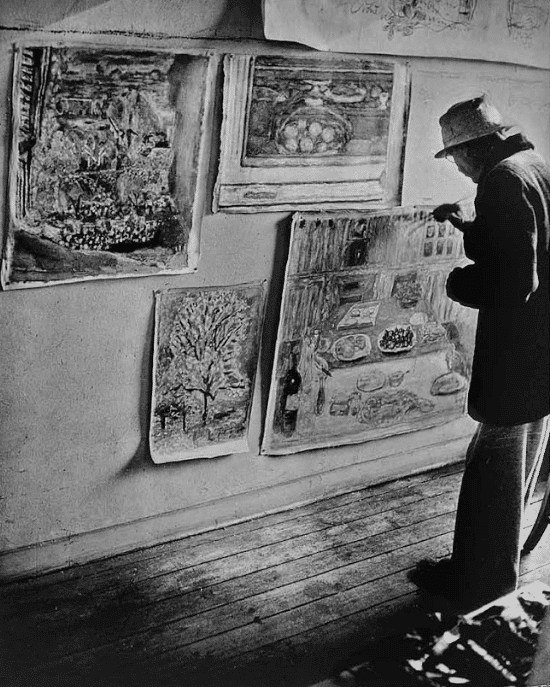
Painting with Gouache
If you don’t work in oils, but you’re interested in playing with opaque colors to try your hand at some Bonnard-esque scenes, this might be helpful…
James Gurney has a wonderful playlist of gouache painting demos of landscapes, buildings, sunsets, animals and people (see this speedy sketch of ladies sitting in a diner while he’s having lunch – and note the purple used!) Here is the playlist.
I’ve been thinking about doing a few gouache paintings, but it’s been a very long time. Do you paint in gouache, and if so, do you have any tips or links to artists who inspire you? Please leave us a link in the comments. Thanks!

Free Samples for Creatives
Are you the kind of person who likes to try-before-you-buy? (You and I would be in line together at Costco when they hand out free samples before committing to purchase a case of fresh peaches.)
Online resources are getting hip to us, and they’re offering freebies so we can dip a toe in the water before we swim.
Creativelive has a broad selection of online classes available for free – rotating every day – in their On Air page. For example, Lisa Congdon’s class Becoming a Working Artist will be free on Wednesday, March 13th, and Megan Aumen’s class Simple Email Marketing for Makers will air on March 14th. Check them both out here.
If you want to watch the classes any time on those dates, click the black RSVP button to the right of the class you’re interested in, and mark your calendar. Voila! Free samples!
Paint What You Love
After watching the Bonnard documentary, scrolling through so many new-to-me Bonnard paintings on the Athenaeum site, and pondering the subjects he painted over and over again, I have even more appreciation for the man.
He was successful as soon as he started to exhibit his work, and he could have gone the way of many artists, painting formal portrait commissions, and appeasing patrons with a surplus of paintings of other people’s lives.
He may have felt pressure to do that in his long career, but he stayed true, and prolific, to the intimate subjects from his day-to-day life.
The loving way Bonnard rendered scenes from his home and garden transmit a serene dedication to painting the people and rooms that mattered the most to him. The simplicity of that approach to subjects is very appealing, don’t you think?
Thanks for stopping by today, and I’ll see you in the next post –
Belinda
P.S. You can get every new post via email by subscribing (free) right here.
P.P.S. I’m listening to The Library Book by Susan Orlean, and if you love books, libraries, and history, I bet you’ll enjoy it as much as I am. 🙂 If you’ve never tried an audiobook, here’s a link to get one for free.
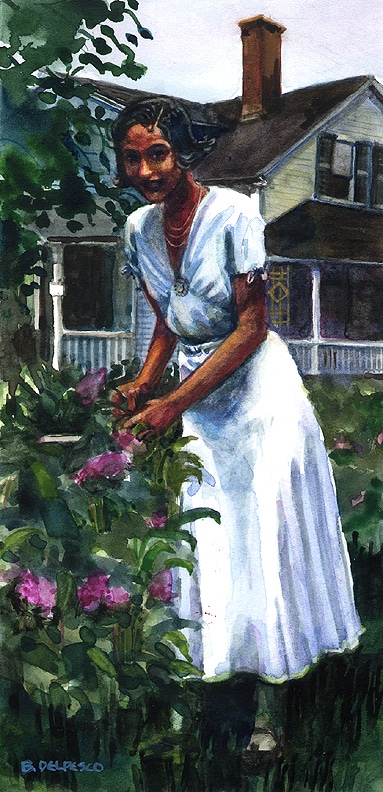
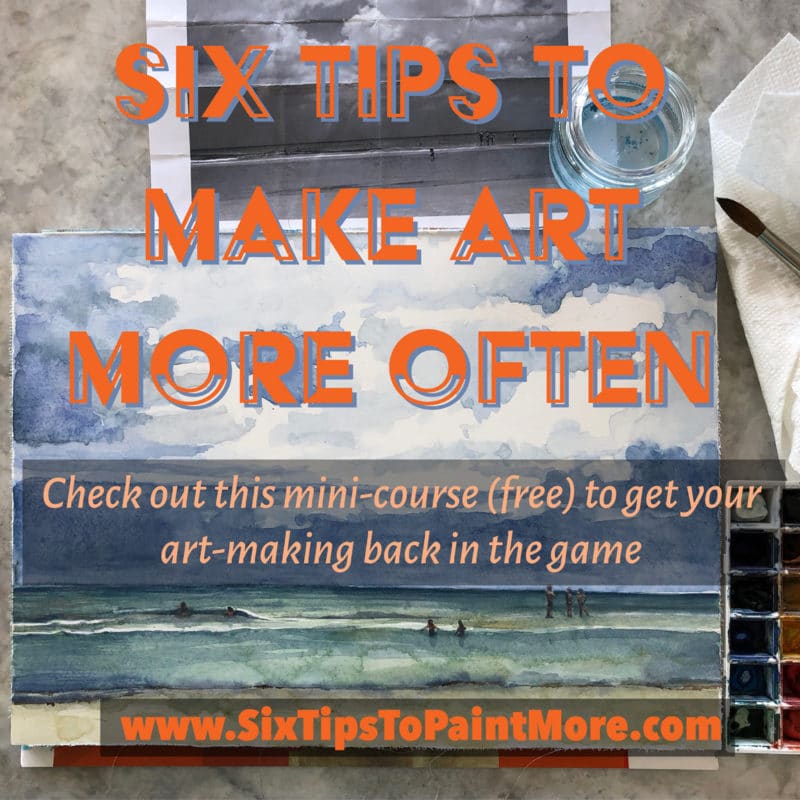
Art Quote
Edmund C. Tarbell used light and atmosphere not to tell a story but to paint elegant subjects with technical precision, stating once that ‘art should try to render the beauty of the thing unseen.’ The sitter for Girl Reading, Charlotte West, was one of Tarbell’s favorite models and one of the few who was not a family member.
Although unfinished at the time, the artist included Girl Reading in the March 1909 Twelfth Annual Exhibition – Ten American Painters at New York’s Montross Gallery. One reviewer noted that the painting showed tremendous growth in Tarbell’s work: ‘in color this latest canvas is more beautiful than any of its predecessors… the tones are very quiet, but they seem richer and deeper.’ The MFA purchased the painting directly from Tarbell shortly thereafter.
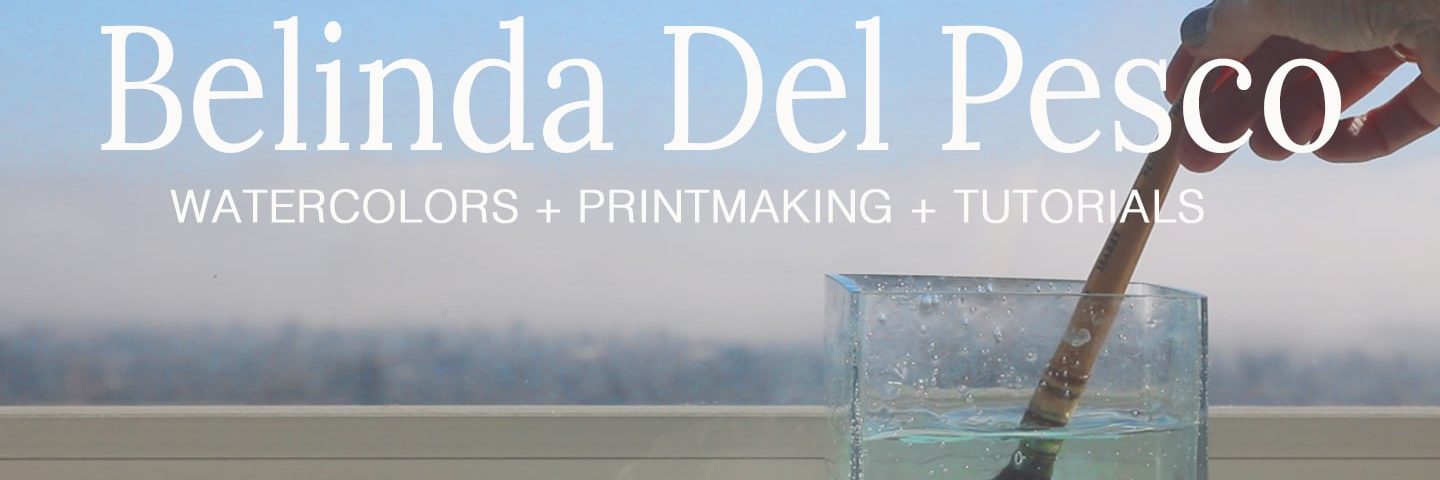
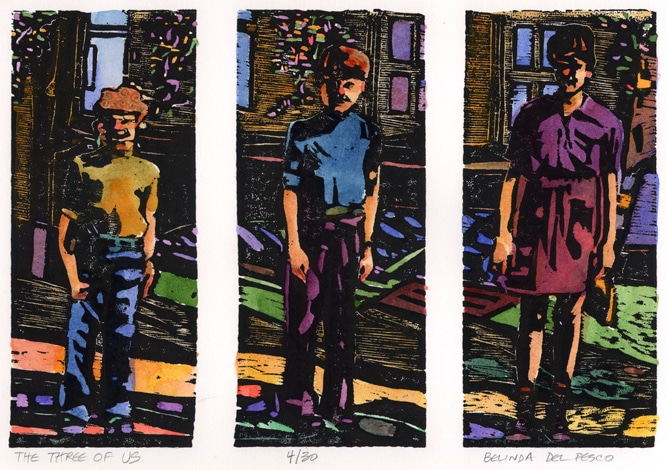
The art history lesson was great…Wonderful revealing information about Bonnard and Tarbell… I try to paint almost daily. Thanks, you have inspired me to get my own art blog going, too.
Hi Sheila! Thanks for the feedback…. I enjoyed writing this series too, so I’m *really* glad you enjoyed it. I’m thinking about others in the same vein on Jessie Willcox Smith, Thomas WIlmer Dewing, Frank Benson??? We shall see. I’m excited about your blog launch! Share a link once you’re up and running!
Loved today’s blog. I especially loved two things. Two Boys by Belinda Del Pesco; a really lovely woodcut? Second “The Compotier,” Pierre Bonnard (1924). In the Bonnard piece he demonstrates so skillfully the sublimation of the characters in the background by softening all the edges, and shifting focus in the foreground to the still life, by crisper edges, and more saturated color. It is all very subtle and masterful. That’s why we love you Mr.
Bonnard.❤️?
My dear Didi, Thanks for your kind encouragement. I appreciate the boost. Yes, Two Boys is a woodcut, and I *love* that Bonnard (can I call him Pierre?) softened those edges, and helped us recede the figures in the background by keeping all the colors close in hue and value, and then he used the outline of their shoulders and arms to direct our eyes – like an anchor – directly to the footed bowl of fruit. So inspiring! I guess that’s what happens when someone paints all day every day. #skills 🙂
Such a gorgeous painting! I love the dramatic light on her face. Thank you for keeping the Bonnard inspiration coming. It is amazing that his house was so plain — I had to put the book down and be blown away for a while that the bathroom was just a white bathroom w one line of dark tile. I certainly feel challenged to further color my [painted] world! xxxxx
Hi Lenore! I had the same reaction to the bathroom, and his studio, and the dining room! It’s all so plain! But that’s the magic of using a sketch as your leaping off point, and then your imagination for the actual painting. It’s very brave. No map. But what a fabulous result. I high five you on the color challenges we’ll both embark on this Spring. I’m revving my pigment engines!
Donna Zagotta is an artist who paints in gouache. She has a blog. I took her class and she uses white gouache in her watercolors and opaque watercolors primarily. I got a set of gouache for christmas but have not used them successfully at home though I did a figure painting in her class.
Wow, Donna, I hadn’t seen DZ’s work before, and I love it! No wonder you were inspired to take a workshop! She’s fabulous. For anyone else who’d like to see her beautiful figure work, here is a link: https://donnazagotta.com/current-work/ Thanks, Donna! I hope you dive into your gouache set very soon!
Thank you so much for your excellent, and generous, posts. I read every one of them.
Awe, Ceci, thank you for such kind words. I’m so glad you’re finding these missives useful. 🙂 Happy art-making to you.
Thanks so much for this. I love your work. And Bonnard was amazing. I have seen some of it in person and it is over the top great.
XOXOXOXOXO Barbara
I’m jealous that you’ve seen our friend Pierre in person. I will have to add an item to my list, and find him at the museums here in Southern California. I’m sure he’s everywhere, and I just haven’t sought him out yet. XOXOXO
Consistently moved by your generous sharing of art and self — thanks!
Thanks for the note, Laurel. I appreciate your support.